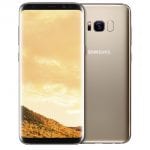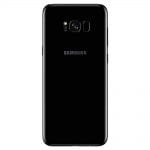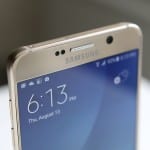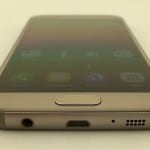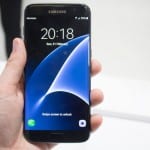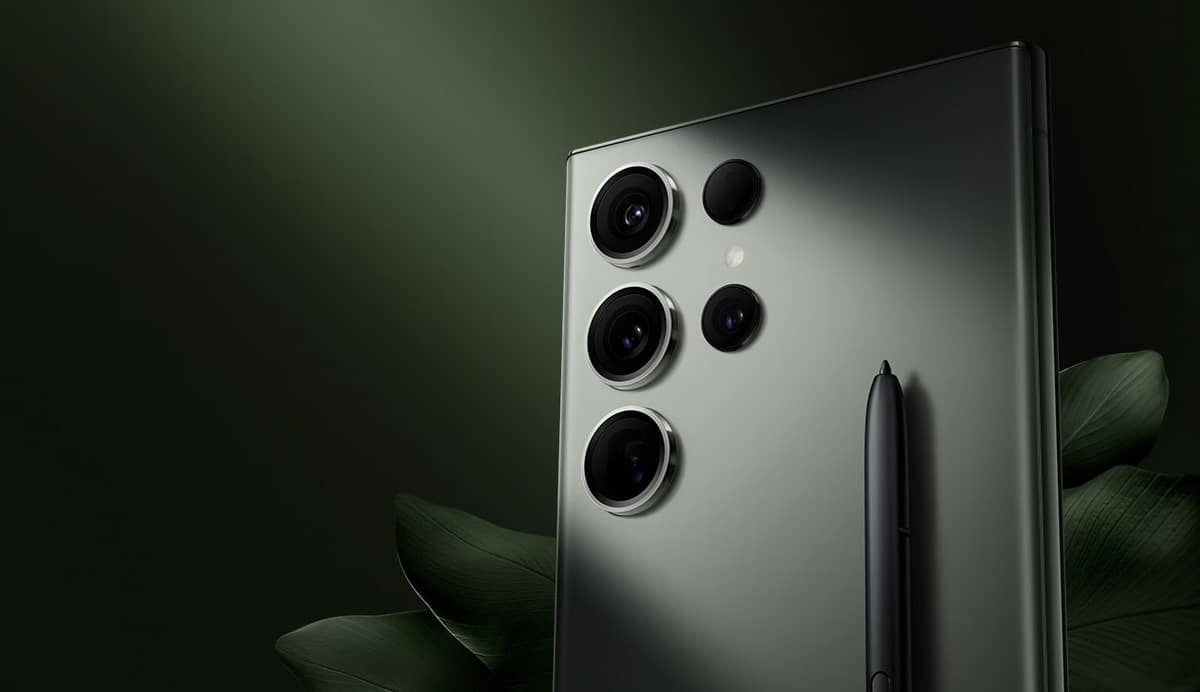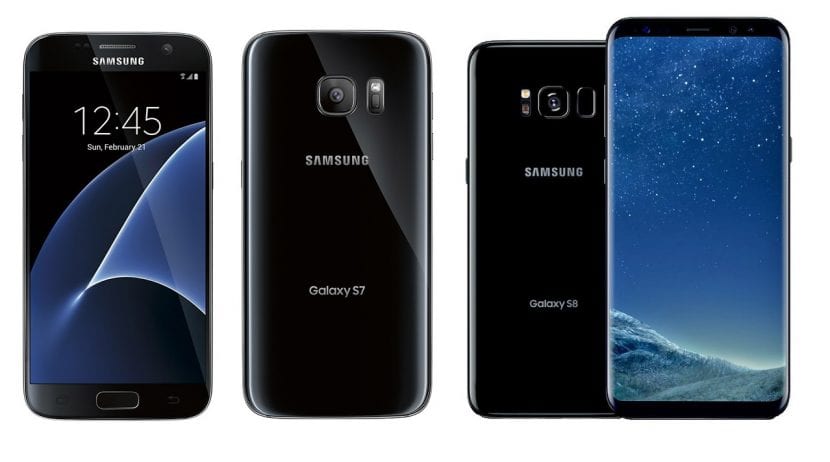
Galaxy S7 vs. Galaxy S8
This week Samsung has finally taken the stage to present its new flagships, the Galaxy S8 and the Galaxy S8 Plus, two smartphones with spectacular screens and some very cool features. After the fiasco of the Galaxy Note 7, it seems that the company's new terminals have hit the mark and they have everything going for them to reach record sales without disappointing to no buyer. But is there really such a big difference between the new and the old generation of these mobiles? Let's find out.
Specifically, in this article I bring you a detailed comparison between the Samsung Galaxy S8 and the Galaxy S7 so that you can see exactly what are the main differences and similarities between the two terminals.
Samsung Galaxy S8 vs Galaxy S7, comparison of specifications
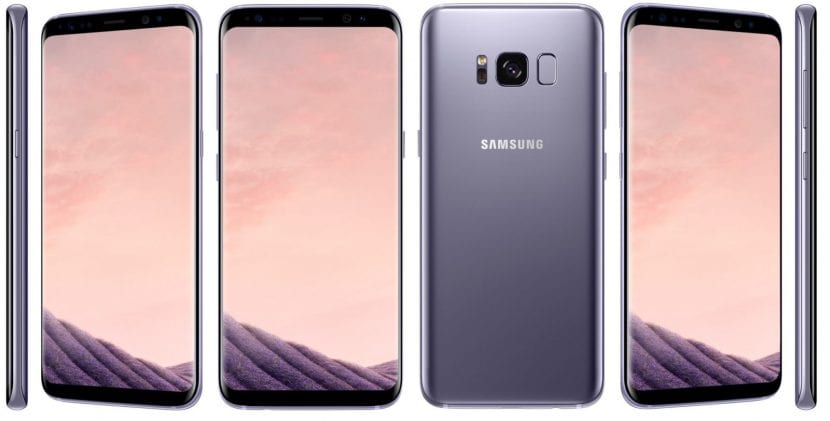
| Samsung Galaxy S8 | Samsung Galaxy S7 | |
|---|---|---|
| Trademarks | Samsung Mobile | Samsung Mobile |
| Operating System | Android 7.0 Nougat with Samsung Experience 8.1 customization layer | Android 7.0 Nougat with Grace UX customization layer |
| Screen | 5.8-inch Super AMOLED Quad HD + | 5.1-inch Super AMOLED Quad HD |
| Decision | 2960 x 1440 (567 pixels per inch) | 2560 x 1440 (577 ppp) |
| Protection | Gorilla Glass 5 | Gorilla Glass 4 |
| Aspect ratio | 18.5:9 | 16:9 |
| Rear camera | 12 megapixels | f / 1.7 | OIS | Dual-Pixel | 12 megapixels | f / 1.7 | OIS | Dual-Pixel |
| Frontal camera | 8 megapixels | f / 1.7 | Autofocus | 5 megapixels | f / 1.7 |
| Processor | Snapdragon 835 (10nm) or Exynos 8995 (10nm) | Snapdragon 820 (14nm) or Exynos 8990 (14nm) |
| Graphics | Adreno 540 | Adreno 530 |
| RAM | 4 GB | 4 GB |
| Storage | 64 GB | 32 GB |
| Battery | 3000mAh | 3000mAh |
| Certificate of resistance | IP68 (water and dust) | IP68 (water and dust) |
| Fingerprint sensor | Yes | Yes |
| Headphone jack | Yes | Yes |
| USB-C | Yes | Not (micro USB 2.0) |
| Iris scanner | Yes | No |
| Wireless charging | Yes | Yes |
| MicroSD slot | Yes (up to 256GB) | Yes (up to 256GB) |
| Industrial | LTE Cat. 9 | LTE Cat. 16 |
| Wi-Fi | Dual band ac WiFi | Dual band ac WiFi |
| Bluetooth | 5.0 | 4.2 LE |
| GPS | GPS | A GPS | Beidou | glonass | Galileo | GPS | A GPS | GLONASS | Beidou |
| Other characteristics | GoogleAssistant | Bixby AI | - |
| Dimensions | 148.9 68.1 x x 8.0mm | 142.4 69.6 x x 7.9mm |
| Weight : | 155g | 152g |
| Price | $809 | Approx. 469 euros |
Samsung Galaxy S8 versus Galaxy S7 - Design
- Samsung Galaxy S8
- Samsung Galaxy S8
- Galaxy S7
- Galaxy S7
- Galaxy S7
The biggest difference between the Samsung Galaxy S8 and the Galaxy S7 lies in their design, because the new model arrives with an impressive 5.8-inch Super AMOLED curved screen with Quad HD + resolution, which Samsung christened "Infinity Display".
On the other hand, apart from having curved edges, the S8 screen also makes better use of space lacking a physical Home button (the button is hidden under the screen), while the upper part no longer shows the Samsung logo.
Compared, the Galaxy S7 has a 5.1-inch Super AMOLED Quad HD flat panel display, and as can be seen in the table, it is slightly shorter than the Galaxy S8, although its width and thickness are almost identical.
In terms of screen protection, the Galaxy S8 has a somewhat more resistant screen thanks to the Gorilla Glass 5 glassWhile on the S7 we find Gorilla Glass 4. There shouldn't be a big difference and both should withstand a few drops or scratch attempts, although the S8 is supposed to have a better protected screen.
Samsung Galaxy S8 versus Galaxy S7 - Hardware
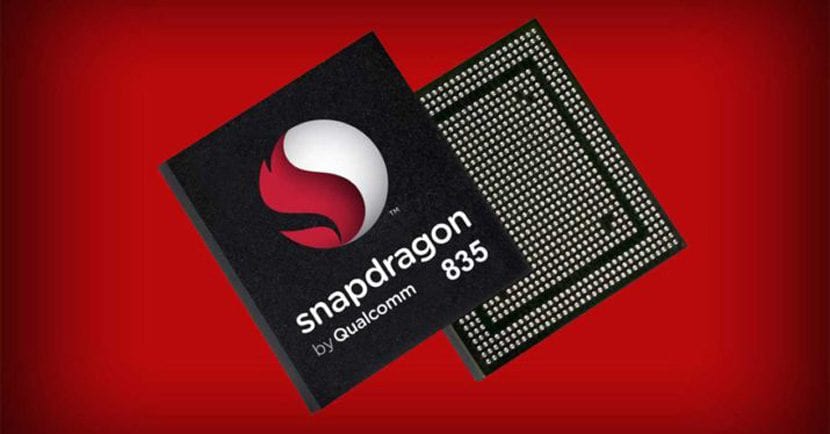
In terms of hardware, Galaxy S8 comes with 835GHz octa-core Snapdragon 2.3 processor (or with a Exynos 8895 of similar specifications), while in the Galaxy S7 we find a Snapdragon 820 or Exynos 8990, depending on the market. As we saw a few months ago, the new S8 processors arrive with improved performance and were optimized to use less energy and extend the autonomy of the devices.
But considering that both the S8 and S7 use the same 3000mAh battery, the Galaxy S8 could be at a disadvantage when it comes to autonomy, since despite having a more efficient processor, the S8 screen uses more battery than in the case of its predecessor.
On the other hand, it should be noted that the Galaxy S8 now comes from the factory with a standard storage space of 64GB, while the basic model of the Galaxy S7 ships with 32GB. However, both devices have 4GB of RAM and allow memory expansion through a microSD card of up to 256GB.
Among other specifications, both terminals use a 12 megapixel rear camera with optical image stabilization, Dual-Pixel focusing system and the same f / 1.7 aperture, while the front camera of the S8 was improved with an 8 megapixel sensor with autofocus and iris scanner, whereas the one of the S7 has only 5 megapixels.
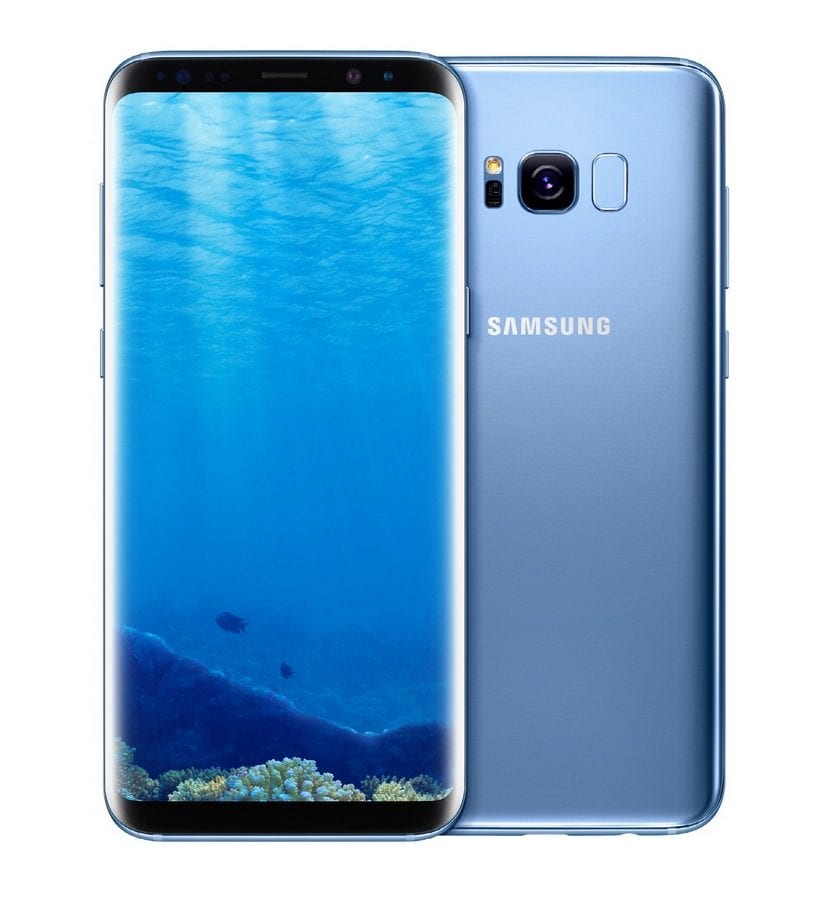
In the section of connectivity, the most outstanding thing is the presence of Bluetooth 5.0 module on the Galaxy S8, a standard that quadruples coverage and doubles the speed of Bluetooth 4.2, which is present in the Galaxy S7. Of course, the audio quality will not be better with Bluetooth 5.0, that is, your headphones will not sound better if they are connected wirelessly to a Galaxy S8 than if they are connected to a Galaxy S7.
Also with regard to connectivity, we must point to the presence of a USB Type C port on the S8, while in the S7 we only find a microUSB 2.0 port. The good part is that both phones have support for wireless charging and fast charging.
Finally, we must highlight the presence of the Bixby virtual assistant on the Galaxy S8, as well as the possibility of using the terminal in conjunction with the Samsung DeX device to turn it into a kind of desktop computer. Likewise, the S8 now has the fingerprint sensor on the back, while the Galaxy S7 has it built into the front Home button.
These were the main and biggest differences between the Samsung Galaxy S8 and the Galaxy S7. At this time you can pre-purchase the Galaxy S8 for a price of 809 euros, while the Galaxy S7 has suffered considerable discounts in recent weeks and can now be purchased for an approximate price of $469.
